The much-discussed border issue set me to think about the reality, which many may find a bitter pill. What indeed is India’s border? Historically, in India, there were four large empires in their size. Firstly, it was the Maurya Empire in 250 BC with 5 million sq. km in size, some of which was outside the current boundary of India. Next, there was the Gupta Empire of 3.5 million sq. km. And finally, there was the Moghul Empire for about 500 years with a size of 4 million sq. km. None of these had a well-defined border. Also, mind you, none of these empires called themselves the “Indian Empire”. Next came the British Empire, which ruled over us for 150 years and had a size of 4.5 million sq. km. After Pakistan was created, the present size of India became 3.3 million sq. km.
From these ancient years till 1947, many Muslim kings attacked India primarily to loot its wealth and return. Many times, Indian regional kings repelled them but none crossed into their territory to stop their aggression permanently. Moghuls stayed back and ruled over India for about 500 years. Then for about 60 years, the Maratha Empire ruled over most of India. They were the last to be defeated by the British in 1818. Both, Moghuls in India and Marathas beyond Maharashtra, were ‘outsiders’ and invaders. History tells that both looted as they conquered.
The first scientifically carted map of India was produced by the British. They had made all Indian territorial kings their subjects but did not merge them with their empire that was formally established after, which the British called ‘the 1857 mutiny’. British India ruled for about 150 long years. They bled India of its wealth. However, they scientifically mapped India and finalized its boundaries for the first time in history. Note that till then India had no well-defined boundary!
The difficult region of India for the British to map was the far eastern region that was then called NEFA, and its boundary with Tibet. So in 1914, Henry McMahon, the Secretary of British India, rather arbitrarily decided the border between Tibet and the North Eastern Territory of British India. Tibet, then an independent region, agreed to it but China did not. This McMahon line has therefore led to the current border dispute between India and China.
 The regional dispute between India and China is hinging on territories that are on the Indian side of this line, but which China has always disputed since the British era. Independent India inherited what the British decided, so China has now made it a dispute with India. It is, therefore, necessary to resolve this through negotiations howsoever long it takes. China has a point in their claim.
The regional dispute between India and China is hinging on territories that are on the Indian side of this line, but which China has always disputed since the British era. Independent India inherited what the British decided, so China has now made it a dispute with India. It is, therefore, necessary to resolve this through negotiations howsoever long it takes. China has a point in their claim.
During the entire Congress rule, North East development was largely ignored. It was a war zone for decades. The army dealt with them, more than the Central Government which was ruled by the Congress. Residents of the region, while on a visit to India, were considered foreigners! They face harassment even today. The region was under the strong influence of the Catholic Church. It was the RSS workers who patiently worked in the region to leave a strong national imprint. Modi’s BJP Government has benefitted from their work.
When the British left in 1947, we had a divided India with 565 autonomous princely states in what was left of India after the partition. Pakistan, a new Muslim nation, was carved out of British India. The princely states did not form a part of British India as they were not directly under British rule. Determined and focussed, Sardar Vallabhbhai Patel was a taskmaster with deep vision. He merged them all within the next 5 years using the carrot and a stick.
Speaking in Cambridge in 1880, one high official of the British Raj, Sir John Strachey, said that the “first and most essential thing to learn about India” is that “there is not, and there never was an India.” It is impossible that the men of the Punjab, Bengal, the North-western Provinces, and Madras, will ever feel that they belong to one Indian nation. Strachey thought that a united and independent political entity could never successfully be imposed on land so differentiated by caste, religion, language, and region. Winston Churchill, for example, predicted that after the British left the subcontinent, “India will fall back quite rapidly through the centuries into the barbarism and privations of the Middle Ages.” How wrong both were!
Some scholars had said that India was, and is, an unnatural nation - a nation that was never expected to survive. In some ways, it looks unnatural; but today, besides being an unnatural nation, it is a long-surviving democracy. When the first general election was held in 1952, some 85% of the voters were illiterate. It was a universal adult franchise that experts felt won't work! One must recall that for long years, voting rights in Europe were denied to women and illiterates. In Switzerland, women could not vote until as late as 1971!
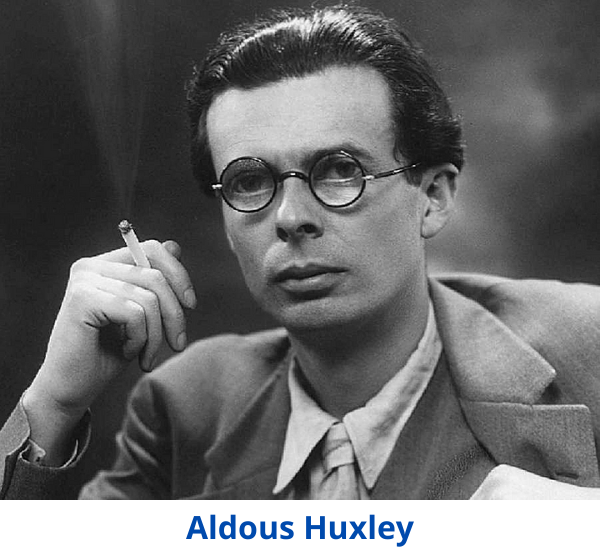 Even Aldous Huxley predicted that after Nehru, the government will become a military dictatorship since the army seems to be the only highly organized center of power. He was wrong. Since then, India had several general elections and several Prime Ministers of different political parties. Before the 1967 elections, the Times of London wrote "India's disintegrating democracy."
Even Aldous Huxley predicted that after Nehru, the government will become a military dictatorship since the army seems to be the only highly organized center of power. He was wrong. Since then, India had several general elections and several Prime Ministers of different political parties. Before the 1967 elections, the Times of London wrote "India's disintegrating democracy."
Before India, most nations were constructed based on either a religion or a shared language, or because of a common enemy. India today has large populations of all the major faiths. It has more Christians than Australia and more Muslims than Pakistan. Indians speak many languages and write in many different scripts. No other country, with a large population of poor and illiterate, has had a surviving democracy. Indian democracy is by no means flawless even though elections are regular and generally free and fair. Over a period, poverty has largely declined. Indeed, till 2014, there was a great deal of political corruption but it has declined now. But many political parties are like family businesses. The rich and poor divide is still very deep and yet the country remains united and democratic. It is a minor miracle.
What unites India? Why does a united and democratic India survive? The first is the territorial bonds imposed by the Himalayas and the oceans, which give the people of the Indian peninsula the sense of togetherness. Most importantly, the second is its thoughtfully and wisely written constitution which keeps India committed to secularism. The third is tolerance of Hindus and Indian Muslims. The fourth is the civil service, the army, and the English language. Fifthly, it has common enemies like Pakistan and China helping them to flock together. The sixth reason is probably because of the popularity of Indian films, and finally, it is the game of cricket.
I am not worried about the linguistic divide since cultural bonds are basic and strong. What worries me is the caste system. Even today, caste is the central feature of social life. It has rigidly divided people and has fixed their place on the social scale. 50 years ago, the higher castes headed by the Brahmins, got all social prestige and privileges. Caste rules are still rather rigid in all the castes.
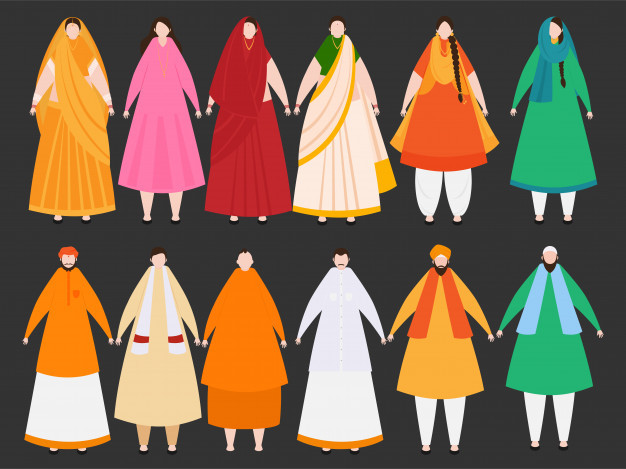 Despite a certain broad cultural unity that had developed over the centuries, there is no uniformity of culture and social patterns all over the country. Socially, people are still divided by religion, region, tribe, language, and caste. Moreover, the social life and culture of the upper and lower in many aspects are different. Inter-caste marriages are still not very common.
Despite a certain broad cultural unity that had developed over the centuries, there is no uniformity of culture and social patterns all over the country. Socially, people are still divided by religion, region, tribe, language, and caste. Moreover, the social life and culture of the upper and lower in many aspects are different. Inter-caste marriages are still not very common.
Societies are still controlled by panchayats, and in rural India, caste regulations are still enforced by caste councils. Panchayat Raj is now a legal reality. They exercise control by fines, penances, and expulsion from the caste. However, despite one’s caste, today one can acquire a higher social status due to his high office position, or political power, or outstanding achievement in various fields. Nobody asks for the caste of a sportsman or a doctor.
The solution essentially is further spread of education. Growth in literacy is however gradually reducing the importance of caste. It will take one more generation since the information revolution is making everyone informed. Social media is homogenizing our society.
Muslims too, are no less divided by considerations of caste, race, tribe, and status, even though their religion enjoined social equality on them. The Shia and Sunni Muslims are often at loggerheads on account of their religious differences. During the Muslim rule, a large number of Hindus who had converted to Islam carried their caste into the new religion. Even today, many Sharif Muslims consisting of scholars, priests, and army men, look down upon the Ajlaf Muslims or the lower-class Muslims like amongst the Hindu class divide.
The family system is still patriarchal and family is dominated by the senior male member, and before it was legally banned, inheritance was through the male line. In Kerala, however, the family among Nairs was matrilineal. Outside Kerala, women are still subjected to nearly complete male control. They were expected to live as mothers and wives only, though in these roles they are shown a great deal of respect and honour.
The struggle for power and wealth, economic decline, social backwardness, and cultural stagnation had a deep and harmful impact on the morals of a section of the Indian people. The rich in particular degenerated in their private and public life. The virtues of loyalty, gratitude, and faithfulness to their pledged word tended to disappear in the single-minded pursuit of selfish aims.
Politicians, rich families, and many government servants with powers to control have fallen prey to degrading vices and excessive luxury. Most of them take bribes when in office. Surprisingly enough, the common people are not debased to any marked extent. They continue to exhibit a high degree of personal integrity and morality.
Our culture provides the rules of morality that are most benevolent. Hospitality and charity are not only strongly inculcated but, I believe, are nowhere more universally practiced than amongst Indians.
- P. S. Deodhar
(psdeodhar@aplab.com)
(The author is an entrepreneur and former Chairman of Electronics Commission, Government of India. He was also the Technology Advisor to PM Rajiv Gandhi between 1982 to 1990. He is also the author of the book 'Cinasthana Today: Viewing China from India'.)
Tags: p s deodhar india political geography society history indian history border disputes Load More Tags

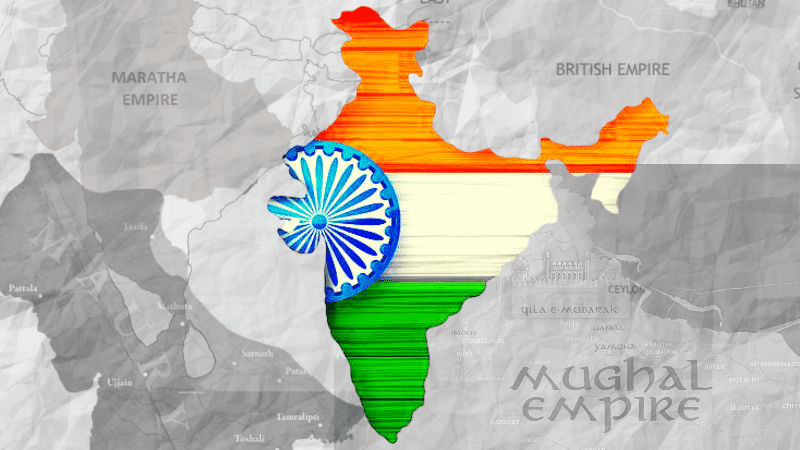

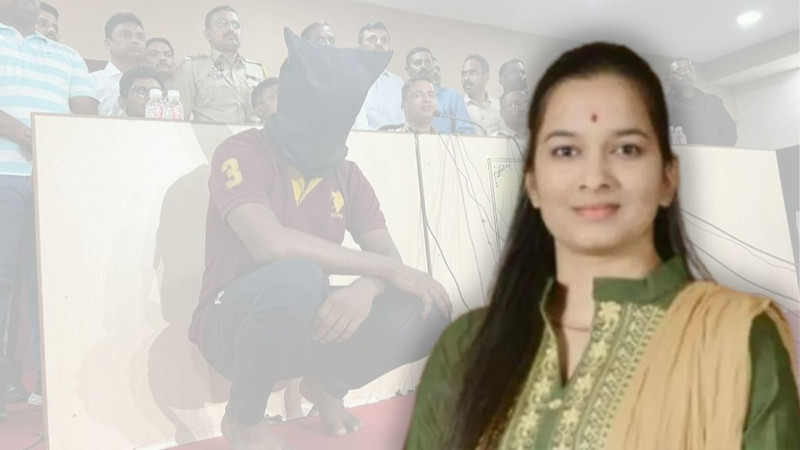
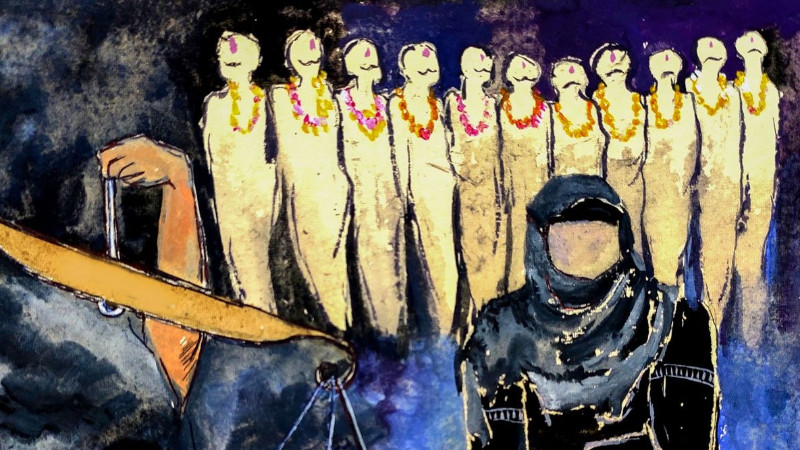
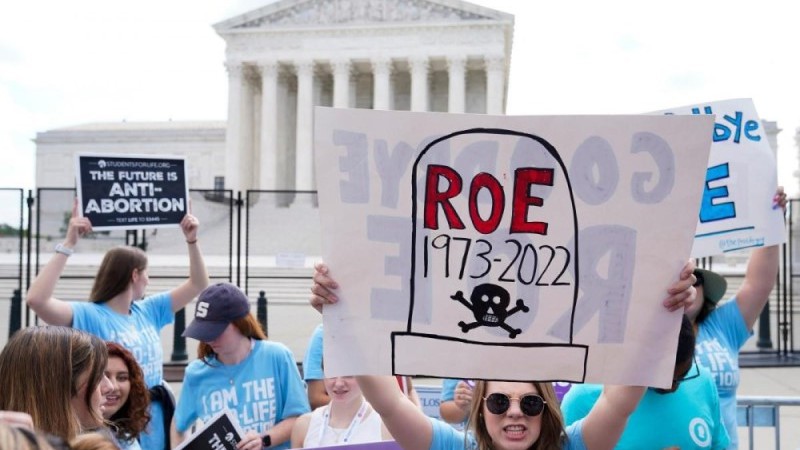
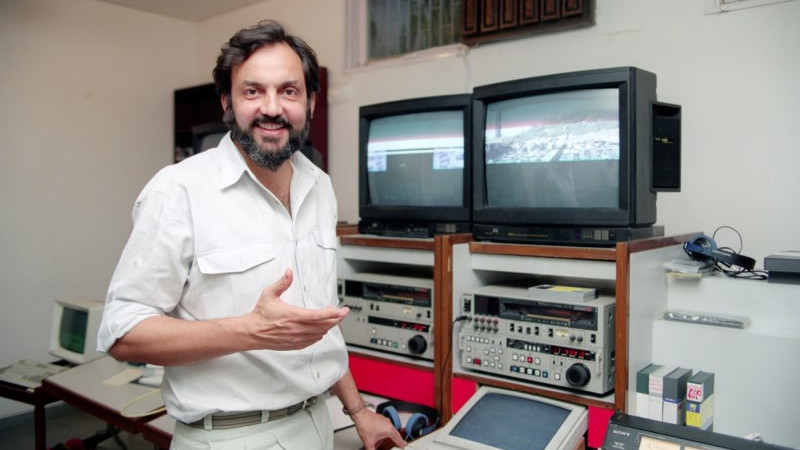
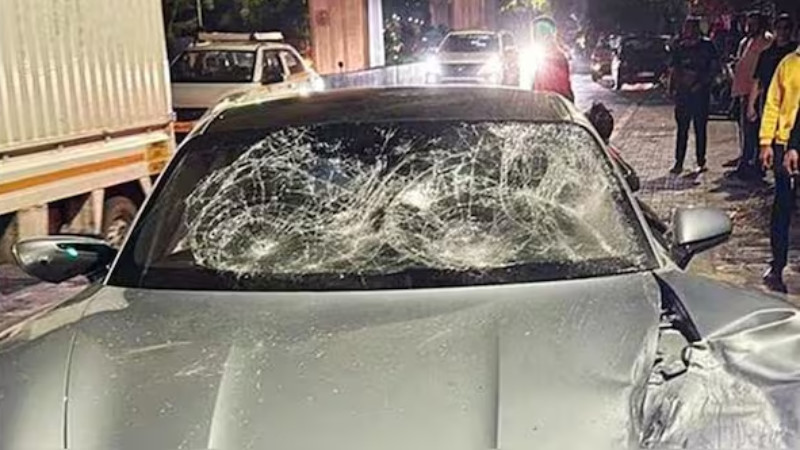

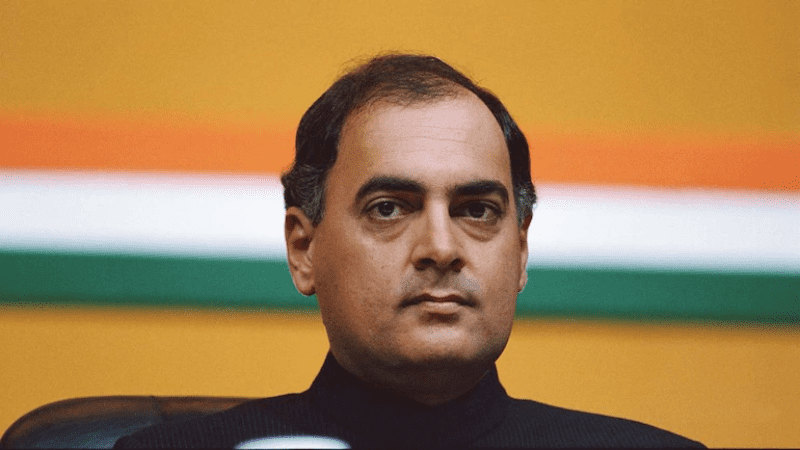
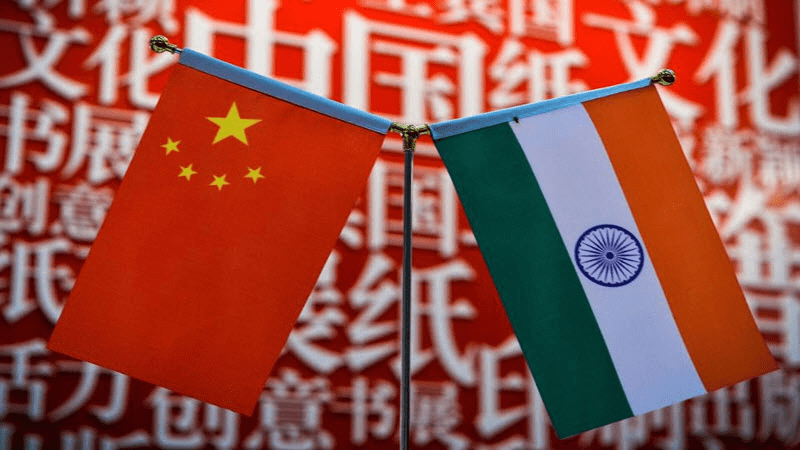
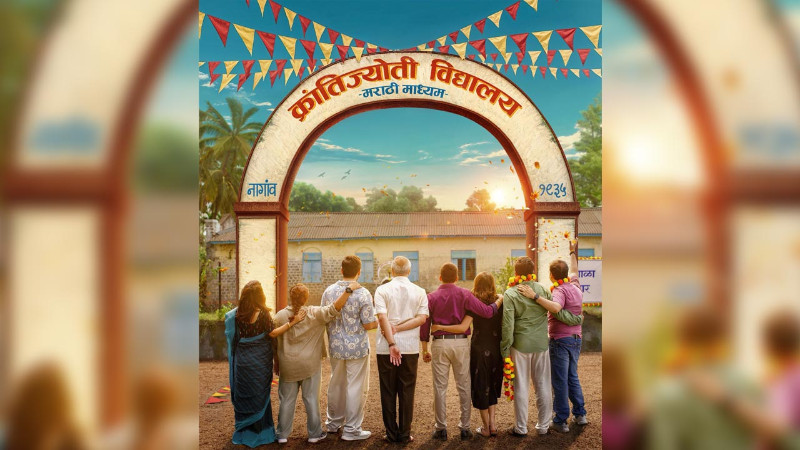
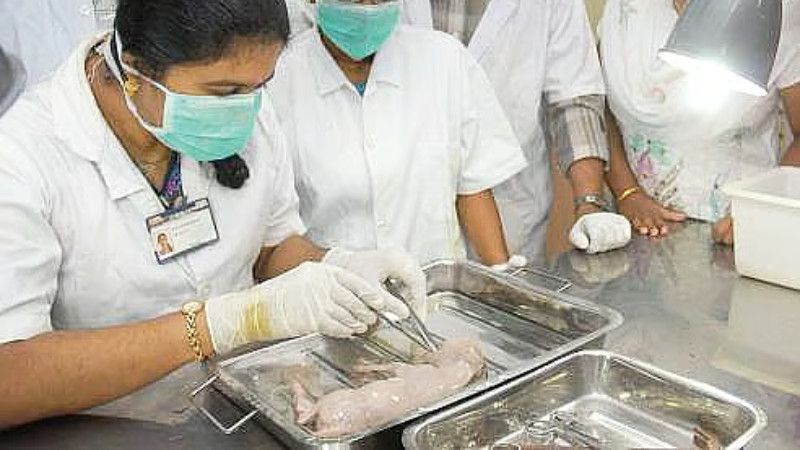
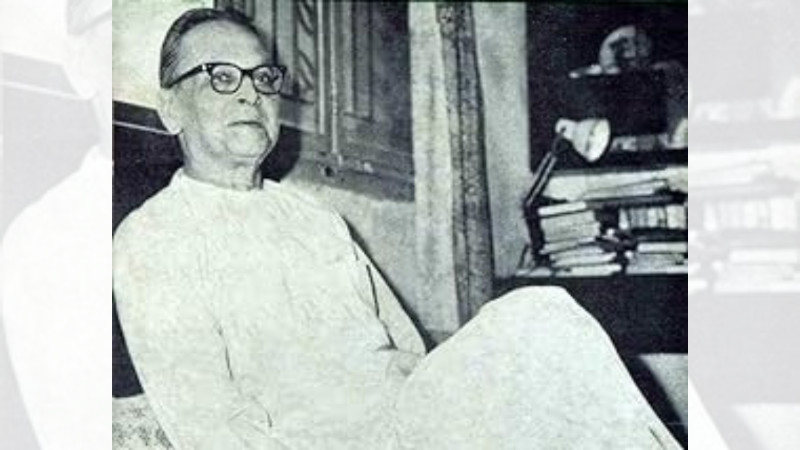
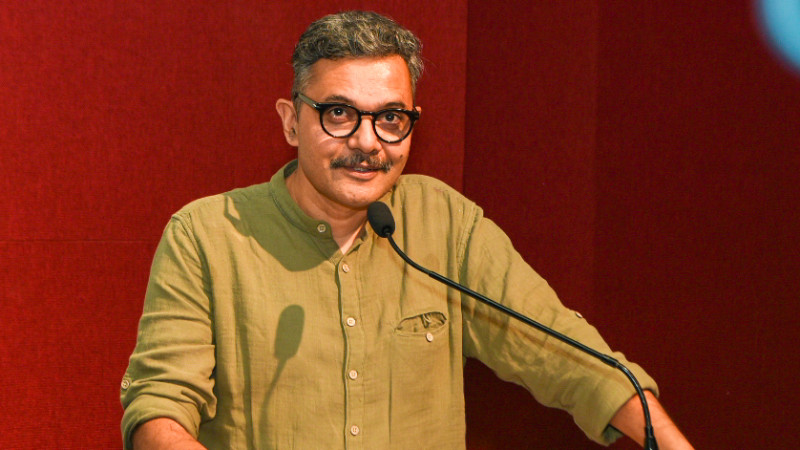
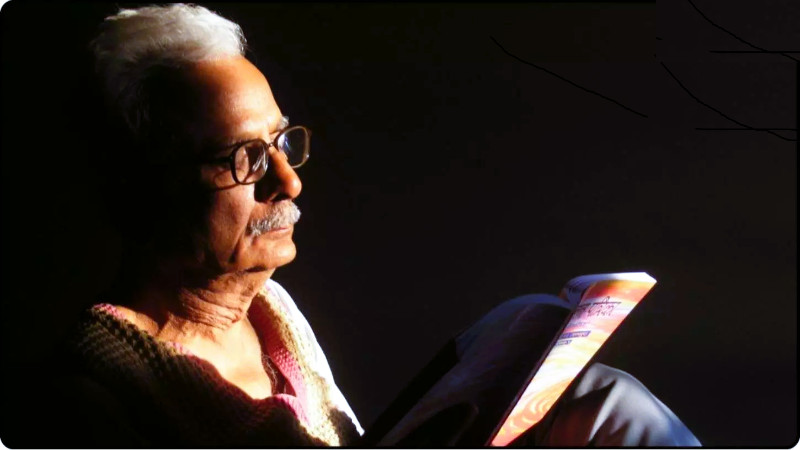
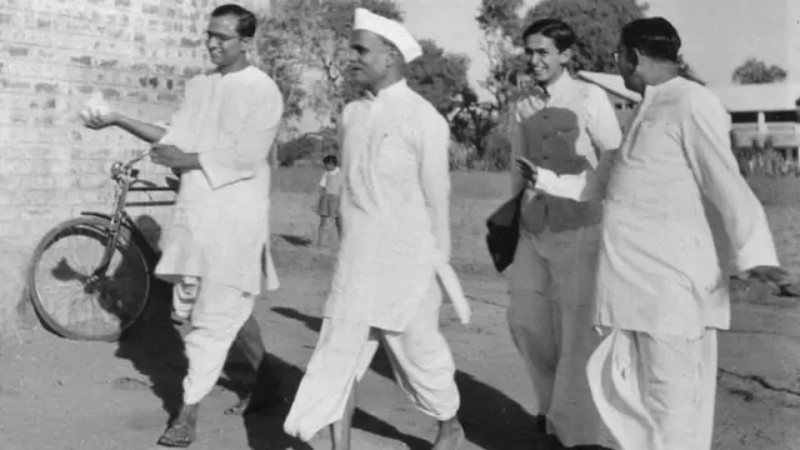
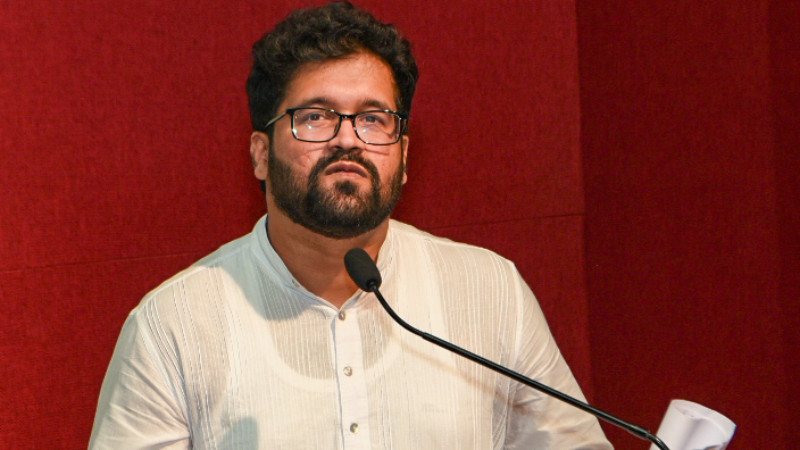
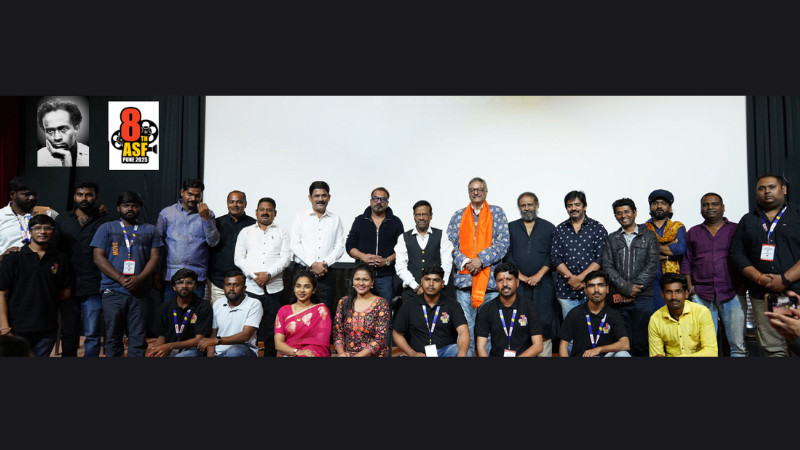

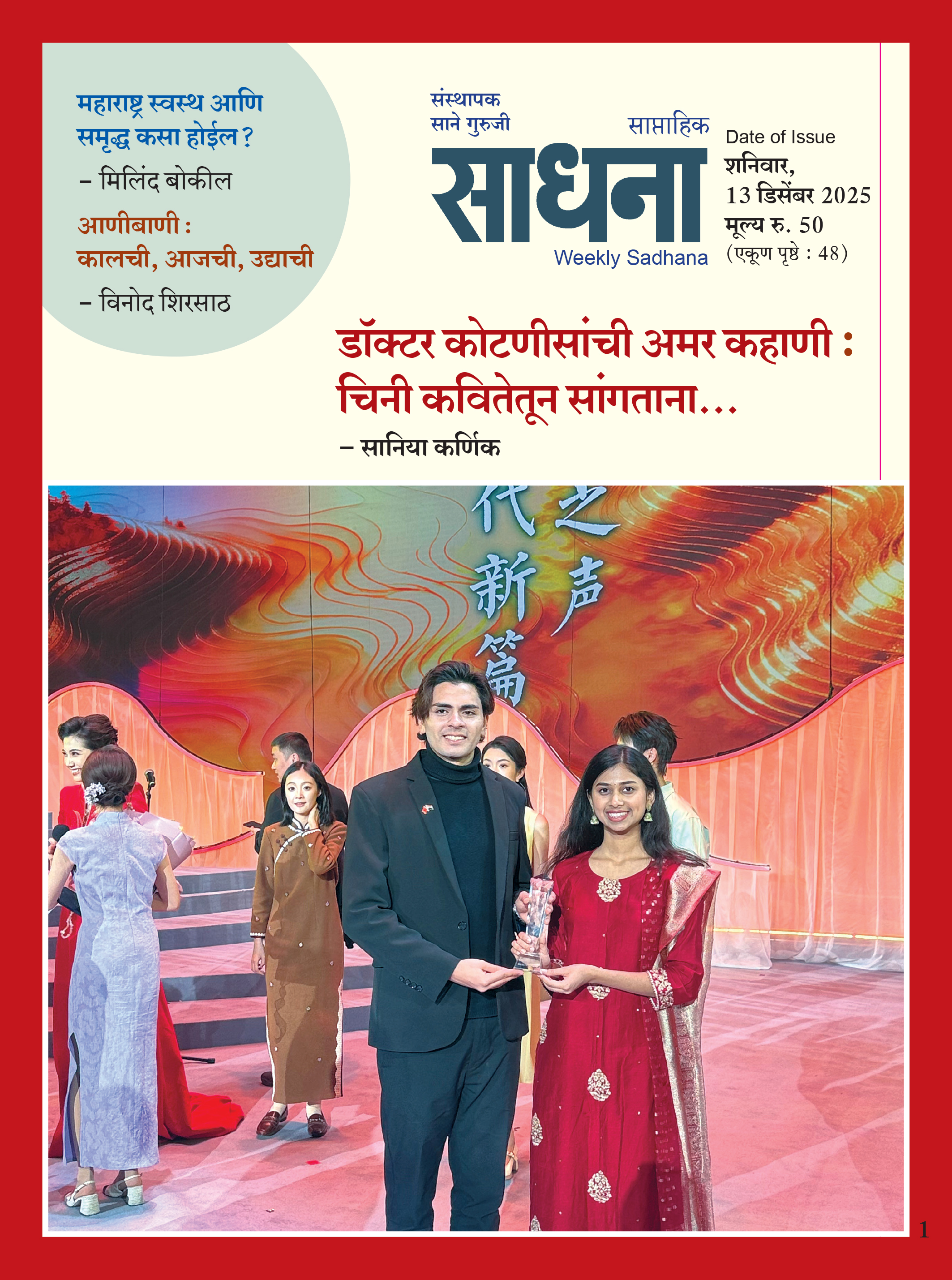













Add Comment